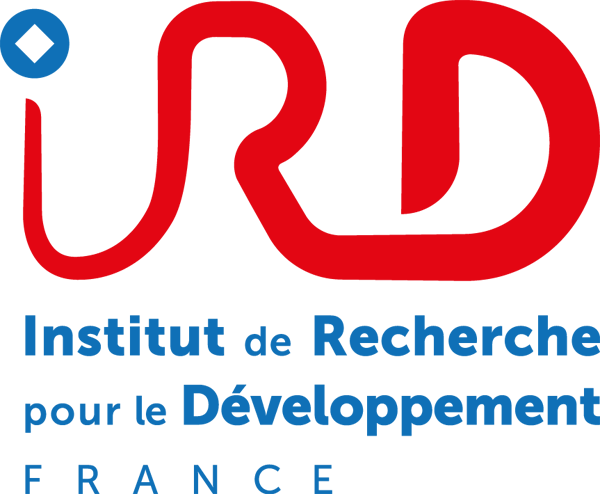Publications
Le Centre de Biologie pour la Gestion des Populations a pour vocation de comprendre les mécanismes qui régissent l’évolution de populations d’organismes importants pour l’agronomie, les forêts, la santé humaine ou la conservation de la biodiversité.
Klassmann A. & Gautier M. 2022. Detecting selection using extended haplotype homozygosity (EHH)-based statistics in unphased or unpolarized data. PLoS ONE 17 : e0262024. (https://dx.doi.org/10.1371/journal.pone.0262024)
Lamarins A., Fririon V., Folio D., Vernier* C., Daupagne L., Labonne J., Buoro M., Lefèvre F., Piou C. & Oddou‐Muratorio S. 2022. Importance of interindividual interactions in eco‐evolutionary population dynamics: The rise of demo‐genetic agent‐based models. Evolutionary Applications 15 : 1988-2001. (https://dx.doi.org/10.1111/eva.13508)
Lamarins A., Hugon F., Piou C., Papaïx J., Prévost E., Carlson S.M. & Buoro M. 2022. Implications of dispersal in Atlantic salmon: lessons from a demo-genetic agent-based model. Canadian Journal of Fisheries and Aquatic Sciences 79 : 2025-2042. (https://dx.doi.org/10.1139/cjfas-2021-0342)
Lawton D., Scarth P., Deveson E., Piou C., Spessa A., Waters C. & Cease A.J. 2022. Seeing the locust in the swarm: accounting for spatiotemporal hierarchy improves ecological models of insect populations. Ecography 2022 : e05763. (https://dx.doi.org/10.1111/ecog.05763)
Le Goff E., Martinand-Mari C., Belkhir K., Vacelet J., Nidelet S., Godefroy N. & Baghdiguian S. 2022. Molecular complexity and gene expression controlling cell turnover during a digestive cycle of carnivorous sponge Lycopodina hypogea. Cell and Tissue Research 388 : 399-416. (https://dx.doi.org/10.1007/s00441-022-03610-3)
Le Ru B., Hévin N.M.-C., Capdevielle-Dulac C., Musyoka B.K., Sezonlin M., Conlong D., Van Den Berg J., Ndemah R., Le Gall P., Cugala D., Nyamukondiwa C., Pallangyo B., Njaku M., Goftishu M., Assefa Y., Bani G., Molo R., Chipapika G., Ong’amo G., Clamens A.-L., Barbut J. & Kergoat G.J. 2022. Phylogenetics, integrative taxonomy and systematics of the Sesamia cretica Lederer, 1857 species group (Lepidoptera: Noctuidae: Apameini: Sesamiina), with the description of 21 new species from the Afrotropical region. Annales de la Société entomologique de France (NS) 58 : 387-454. (https://dx.doi.org/10.1080/00379271.2022.2113341)
Lecoq M. & Cease A. 2022. What have we learned after millennia of locust invasions?. Agronomy 12 : 472. (https://dx.doi.org/10.3390/agronomy12020472)
Lecoq M. & Cease A.J. 2022. Are mycopesticides the future of locust control?. Agronomy 12 : 2344. (https://dx.doi.org/10.3390/agronomy12102344)
Leroy B., Kramer A.M., Vaissière A.C., Kourantidou M., Courchamp F. & Diagne C.A. 2022. Analysing economic costs of invasive alien species with the invacost R package. Methods in Ecology and Evolution 13 : 1930-1937. (https://dx.doi.org/10.1111/2041-210x.13929)
Lesieur V., Jourdan M., Thomann T. & Gooden B. 2022. Feasibility of developing classical biological control solutions for the herbaceous weed Allium triquetrum in Australia. Biocontrol Science and Technology 32 : 586-606. (https://dx.doi.org/10.1080/09583157.2022.2035681)


